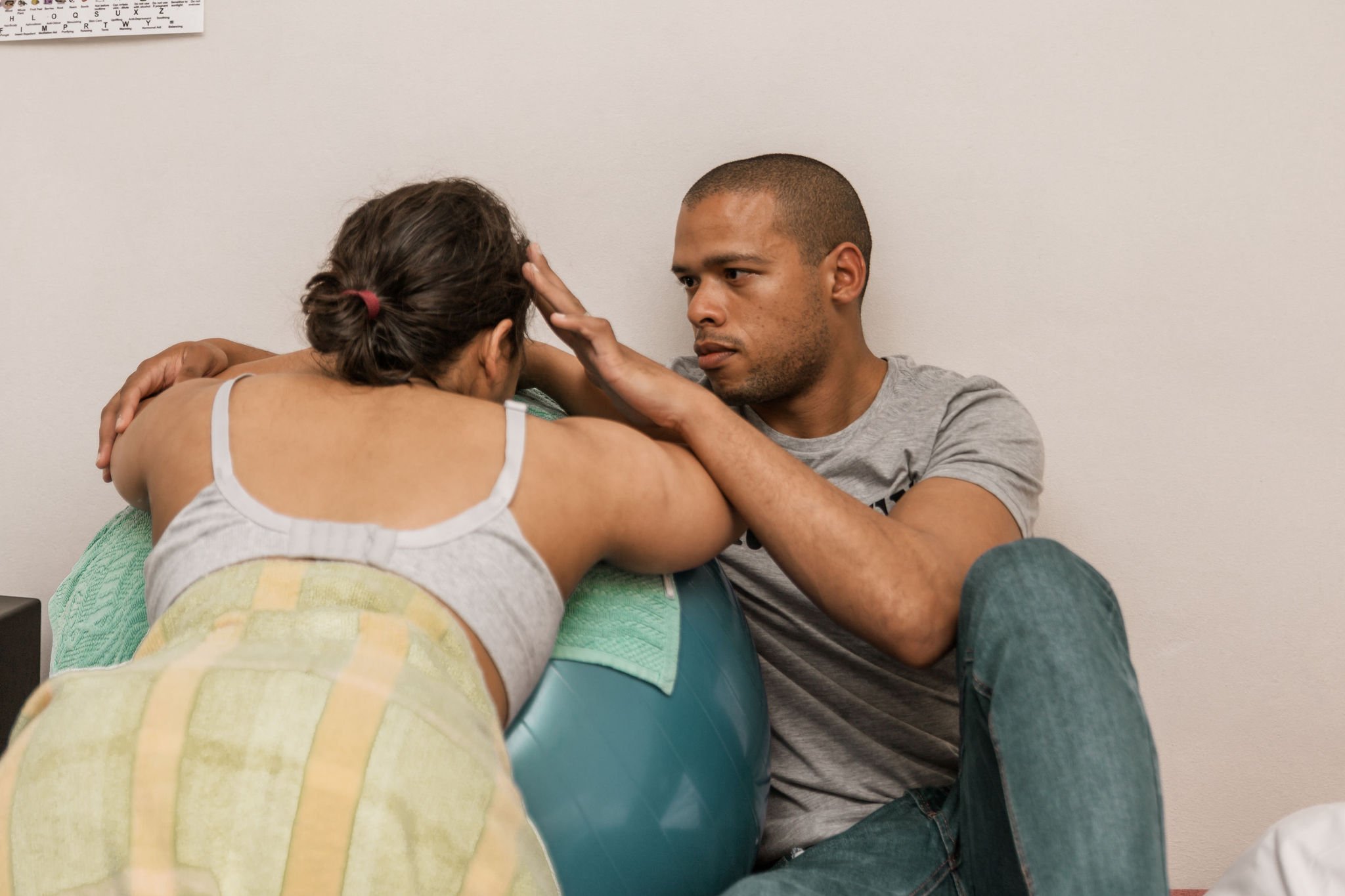Emotional Signposts of Labor
Often, when we teach about labor we teach about the stages of labor – first stage (labor), second stage (pushing/delivery of baby), and third stage (delivery of placenta). The first stage of labor will (typically) be the longest. That first stage is further broken down into three phases – early labor, active labor, and transition
A very common question I hear in prenatal conversations is “How do I know when to go to the hospital/call my midwife?” This question often comes from partners who like to have a “To-Do” list and a clear timeline. What we often don’t learn about in prenatal classes is that there are emotional signposts that come along with the first stage of labor and they can give us clues to where you are in that stage of labor. When you’re familiar with these signposts they can give you the answer to the “When do we go/call?” question as well as the “What do I do to help?” questions that partners often have.
EXCITEMENT & NERVOUSNESS: The 1st emotional signpost occurs during early labor. The laboring parent is quick to smile and laugh, taking pictures, showing signs of nervous excitement, and restless. Often they are able to continue talking through contractions.
TIPS: Labor at home, rest, eat and drink as usual. Watch movies, play games, distract yourself from labor as much as possible. REST! REST! REST! I can't stress that enough. Conserve your energy while you're able!
Partners: Use reminders to eat, sleep and pee regularly. Be close, cuddle, spend time together and distract with games, movies and daily activities. Take on the tasks of getting siblings ready, animals settled, household task lists checked off.
FOCUS & SERIOUSNESS: As they move into active labor, contractions start requiring more l which leads to more seriousness. Often you will see them close their eyes, go more inward, stop talking through contractions, move slower and more deliberate and become very focused.
TIPS: Focus on total relaxation at all times. Find a rhythm that works for you. If you are birthing at a hospital, it is a good time to start moving in that direction.
Partners: Get serious too. Follow their lead and cues. Offer sips of water and juice between contractions. Reminders to use the bathroom hourly. Use the camera test. If they are still able to stop, smile and pose for a photo, it’s not quite time to head to the hospital or call your midwife. (Unless your provider has told you otherwise.)
SELF-DOUBT & UNCERTAINTY: Transition is the hardest, but often the shortest part of labor. The laboring parent becomes unsure of what they want and is questioning their ability. They often have stopped trusting themselves, their partner and their body. They often want to call it quits, but baby is close!
TIPS: Try not to fight this stage, relax and trust your body knows what it is doing. You’ve got this!
Partners: Stay confidant and remind them of their ability. “You CAN do this! You ARE doing this!” Remind them you believe in them and that they are not alone. “You are SO strong!” Help them maintain or go back to a lost rhythm.
MOTIVATION & AMAZEMENT: This signpost isn’t often included in other’s explanation of Emotional Signposts of Labor, but I like to add this stage because it’s important! Pushing can often feel much different than the other parts of labor. Instead of feeling like labor is happening TO YOU, you are now able to do something to actively move labor along.
TIPS: Follow your body and trust your instincts on when and how to push. YOU DID IT, you’re amazing!
Partners: Continued encouragement. Apply cool washcloths to forehead and neck. Meet your baby! YOU DID IT!




